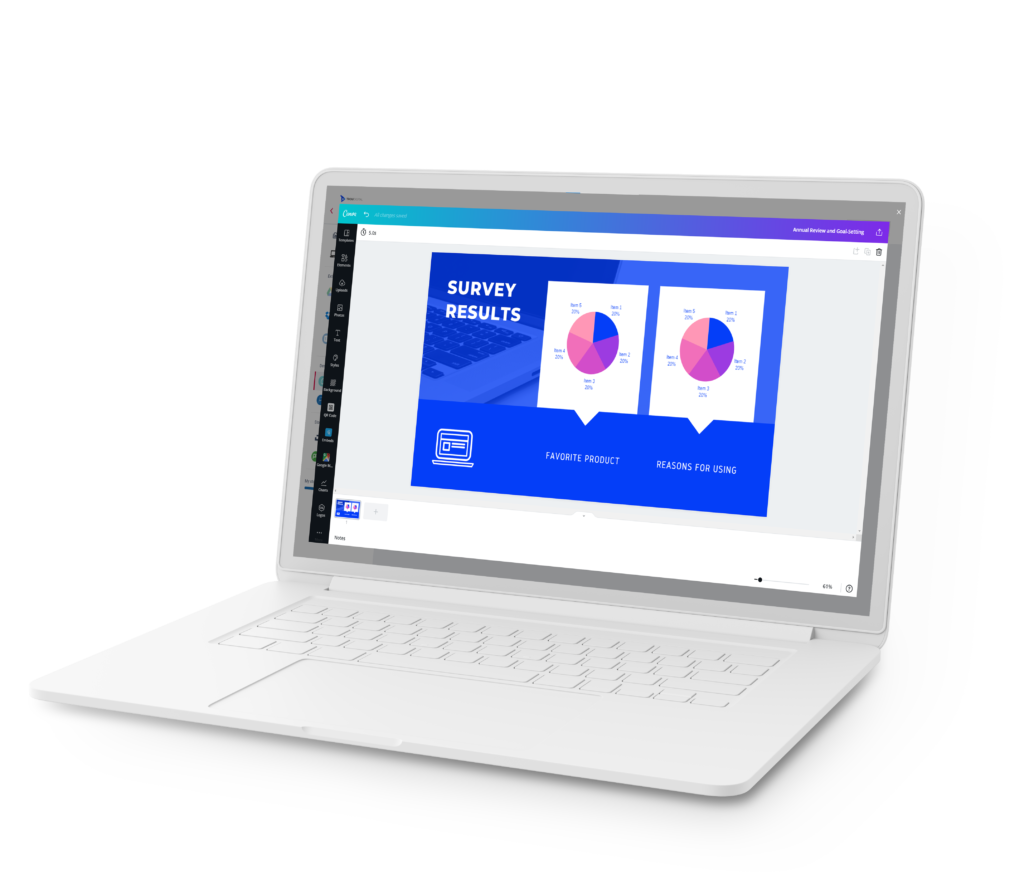In this blog, we cover Internal Communications best practices with Screens.
‘Best practice’ is defined by Merriam Webster as:
“A procedure that has been shown by research and experience to produce optimal results”. And that is “established or proposed as a standard suitable for widespread adoption”.
For internal communication professionals, best practices are crucial. It’s their job to take care of employees whilst effectively engaging and communicating with them. Whether it’s ensuring smooth delivery of change management or celebrating success, good internal communications are imperative. Furthermore, internal communications teams need to use the right channels to achieve the best possible results.
Internal communications professionals will spend a lot of time researching new channels to better engage their employees.
Over time, traditional channels have become ineffective. Key company messages get buried in endless email chains, posters have faded into the background, and due to fast-growing workforces, getting messages down the information cascade is more challenging than ever.
Could screens be the answer? Through digital signage displays, business-critical messages can reach front-line employees in seconds.
In this blog, we take a look at the best practices when it comes to screens and internal communications.
1. Keep Communications Brief
“Less but better” – Dieter Rams
We live in a world where we are constantly being bombarded with texts, emails and adverts. Often, we get overwhelmed. We don’t know what we’re supposed to look at, read or open, therefore… don’t. When it comes to internal communications best practices, sometimes less is better – especially when it comes to digital screens.
Humans are famously averse to lots of text. We see a huge paragraph and think “no…”. In short sentences, however, we’re more open to quickly scanning the text to get the information we need.
Instead of writing 2 paragraphs about scheduled building works, could you get it into one sentence with a QR code to find out more? This would allows employees to quickly glance at the screen, see there’s planned building work and get all the information they need.
Displaying too many messages on your screen can also prove troublesome. Your messages quickly get diluted and the key messages get lost. Employees don’t know which messages are important, or simply miss out on key information. Instead, fewer, more targeted messages are likely to have the greatest effect.
In addition, the more messages you show on screen, the less screen time they’ll get. This is a critical point to keep in mind when communicating with your employees. E.g. if you are showing 60 different on-screen messages an hour, they’ll get a total of 1 minute screen time each hour. However, if you select 10 key messages to display an hour, they’ll get 6 minutes each! Not only does this help increase the chance of key messages being seen, but it also improves employee repetition and retention of messages.
Top Tips for Keeping Your Screen Commnunications Brief:
- Supplement shorter messaging with visuals such as photos and videos. This helps provide context for your messages.
- Use QR codes to help employees easily access additonal information – these could take them to specific blogs or webpages.
Communicate with purpose.

2. Celebrate Employee Success
Celebrating the success of your employees is crucial. Why? According to Indeed It boosts morale, strengthens teams, helps employees form connections and increases employee engagement. In turn, these factors lead to better talent retention and employee productivity. Furthermore, this helps your organisation deliver a better experience for the customer.
69% of employees who receive more recognition are more likely to work harder – according to a report by People Pulse.
So how can you celebrate employee success on your screens?
4 Ways to Celebrate Employee Success on Your Screens
- Let your employees how great they are! One of our clients had an employee who had been at the company for decades. During their employment, they had not taken a single sick day. The manager filmed a short video to thank him for his efforts. The video and other content were distributed across the organisation’s screens and other internal communications channels. When the employee saw this it made them feel massively appreciated.
- Sharing success stories is another great way to engage your employees and make them feel appreciated. For example, maybe one of your employees has risen from a new starter up to senior management. Sharing the journey across your screens is a great way to let them know they’re appreciated. In addition, it can help inspire other employees to achieve the same amazing goals.
- Sharing inspirational quotes from employees is another great way to get them to engage and get involved. For example, the head of the sales team may have spoken at a large conference. Using one of the key takeaways and placing these on your screens is a great way to show recognition to the employee, whilst extending the sales messages to the wider workforce.
- Employee of the Month. Do you have a high acheiver who went above and beyond last month? Let them and everyone know about their success. Not only does this help motivate them to keep on perfoming at the highest level, your over employees will want to work harder to get the award themselves.

3. Choose Communications Methods that Work Best for Your Employees
It’s critical for Internal Communication professionals to choose the channels their workforce responds to best. If they don’t choose the right channel, it’s almost like shouting in the dark. For example, some online methods won’t get read or seen by offline staff, so it’s important to improvise, adapt and overcome these communication pitfalls. Select channels that meet your employee’s needs, then send them targeted messages.
According to TalkFreely, ‘how effectively a message is communicated is just as important as the message itself. And the key to effective internal communication is choosing the right channel in the first place. You need to select a channel that best fits both your objective and your target audience’.
In Internal Communication, offline and desk-less employees prove hard to reach. Emails/intranets aren’t opened frequently, and employees often have limited access to mobile communications.
How Screens are Helping Engage Hard to Reach Employees
In the last few years, more organisations have turned to screens to increase the reach of their internal communications, whilst improving the engagement of hard to reach, desk-less staff.
As mentioned above, desk-less staff often has less access to traditional internal comms channels. Unlike employees who are desk-based, desk-less employees are not often at a computer screen or don’t have consistent access to mobile devices. As a result, they miss out on popular internal comms channels such as email. An example of an employee who meets these criteria would be a factory floor employee.
The key to engaging these harder to reach employees effectively is quick, easily digestible messages in easy access areas. This is where screens come in. Organisations can place internal communications screens across their buildings. Content on the screens can contain short, business-critical messages that can be absorbed in a glance. For example, if all factory staff need to be reminded to wear safety equipment is, instead of having to read a long email, this can be achieved by a quick image with a text reminder on screen.
Manufacturers are using screens to quickly engage desk-less, factory floor employees. Critical machine and performance metrics can be displayed live on screen. In a single glance, factory floor employees can see if they are on track and make reactive decisions based on real-time data. It’s important that employees are always aware of these metrics. It allows them to make minor adjustments to the machines that will lead to compounding positive effects, on factors like output and efficiency.

4. Maintain Consistent Branding on Your Screen Messages
Maintaining consistent branding is crucial for internal communications. It promotes open and proper communication, emphasises the respect of company brand, voice, and organisational values. It also helps employees easily recognise your messages.
Consistent branding can also help elevate the engagement of your messages. With choppy, inconsistent branding, your messages are likely to look out of place. Employees may think they have nothing to do with the company and are likely to ignore them.
In essence, branding is good for quick recognition of messages, looking professional, and keeping everyone in line with the overarching company message.
Top Tips for branding:
- To maintain consistent branding/messaging, you should create brand guidelines. This covers language used, templates, brand colours/fonts. This ensures everyone stays alligned when creating digital and print content.
- Templates are an easy way to make great looking content in seconds. Templates are most effective for content you deploy often. For example, if you do a weekly ’employee shoutout’ you could have a set template where all you need to change is the headshot, name, and body text. The rest of the design is done for you!

5. Ensure Employee Feedback
All you need to do is ask.
Employee feedback is crucial for good Internal Communications best practices. Not only is it a key metric for internal comms professionals to measure, but it’s also a way of fuelling continual improvement. To find out what employees want to see, message frequency, and when/where they want to see it can help massively. By simply asking employees for feedback, you can find out crucial information that can improve message engagement drastically.
Is employee feedback important? Ask the data. According to officevibe, organisations that implement employee feedback more frequently have a 14.9% lower staff turnover rate than those that don’t. Reducing staff turnover will have noticeable impacts on hire costs and productivity.
If you are starting to launch your employee-facing engagement screens there are some ways you can get feedback. For example, including a QR code with a link to a form is a great start. After scanning, employees will simply fill out a form giving you data on how well the channel is working.
Top Tip for employee feedback:
- Recognising and acting on feedback is important. It proves to employees that you listen to them. This builds trust and makes employees feel more desire to work hard for the company. Why not have a section on your screens based on employee feedback – a section called ‘you asked, we answered’?
6. Visualising Data with Digital Screens
Visual statistics are defined (by IBM) as: ‘Representation of data through the use of common graphics, such as charts, plots, infographics, and animations‘. Visual statistics are great because they make complex and hard-to-read data, easy to understand. By simply glancing at visual charts, employees are able to gauge performance and make quick, reactive decisions.
PowerBI integrations have boomed in popularity for internal communications screens. Through PowerBI, users are able to present live data in easy-to-read diagrams and charts. Manufacturing KPIs such as cycle time, production volume, production costs, capacity utilization, and defect density can be displayed simply.
Screens are able to show falls and rises in data. Employees can see in real-time how their decisions and actions are affecting performance first-hand. For example, an employee may see that ‘Machine A’ is in the red running at 50% performance – this means they won’t meet their order quota for the day. The employee can look at this data and make reactive changes to increase performance. In real-time, the data will change on the screen and can display forecasts for output and future performance. This allows employees to see how their actions contribute massively.

7. Keep Things Light-Hearted
Keep things light-hearted. To keep things light-hearted means – cheerful or carefree in mood or disposition.
Keeping your internal communications light-hearted can help reduce stress amongst a number of other health benefits. It’s good to include a mix of content on your screens. If all of it is more serious employees may quickly become disengaged or disinterested.
Have a bit of fun with your digital screens. You can pull in your social feed (RSS), or have weekly company highlights. Run competitions on the screens.
Gamifying your screens is another way to keep things light-hearted whilst improving the engagement of your screens. Maybe run a competition where at a random point in the day a dog will appear on screen with a number. The first employee to email their manager with the number wins a prize.
If it’s fun, employees will look out for it. Give employees something to win. Give employees satisfaction. Make employees want to look up at the screen.

What now?
Have systems in place to maximise the efficiency as well as the effectiveness of cascading key messages and consider Internal Communications Best Practices with Screens. Employee engagement is crucial as it leads to more innovation, better productivity, improved talent retention, better culture, as well as happier customers, therefore stakeholders.
If you have any questions about internal communications best practices with digital signage, ask one of our experts below.
